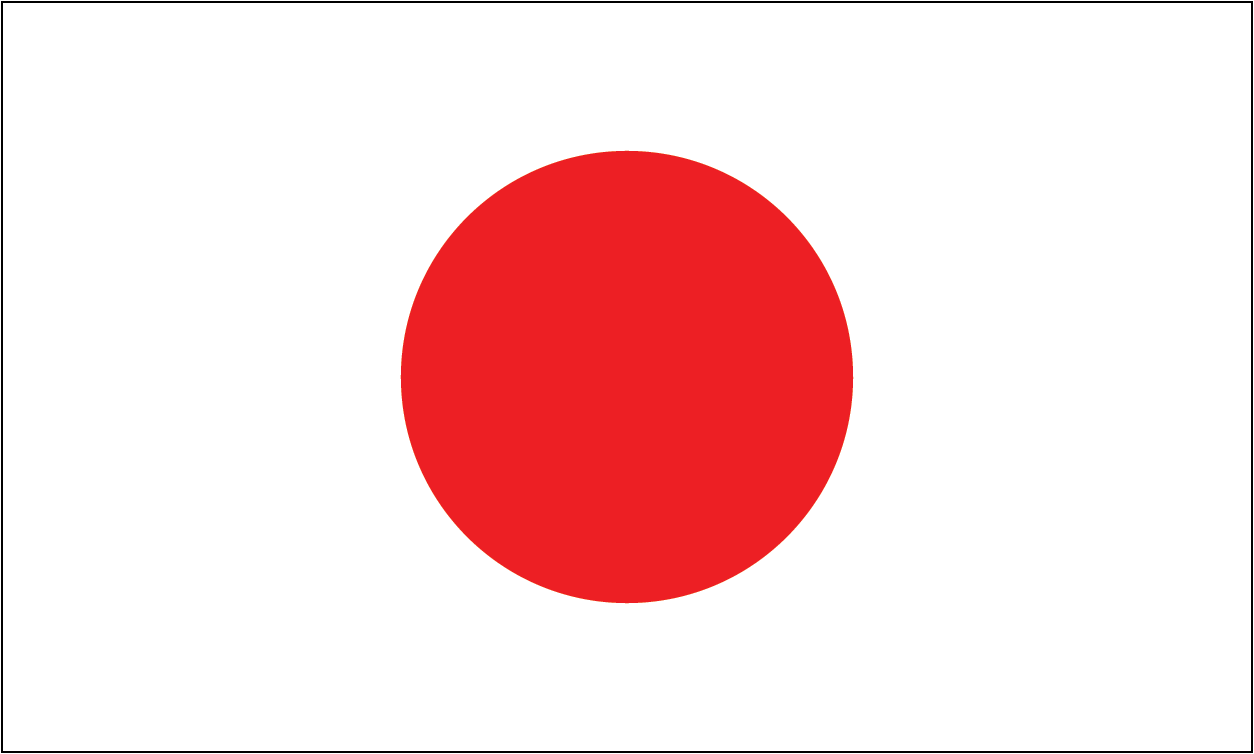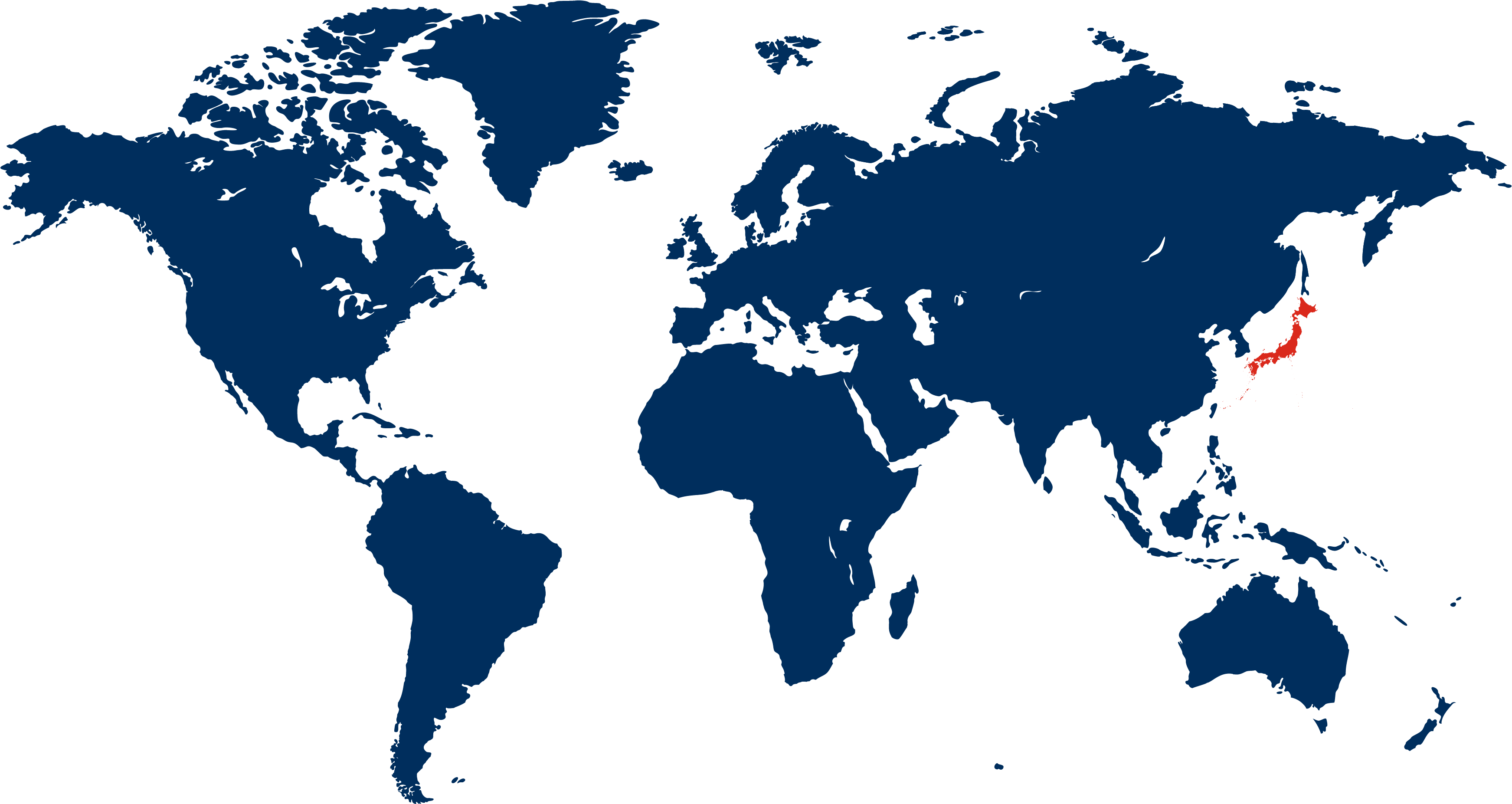Japan Travelogue
Articles
Travelogues
View more from News & Articles or Primerus Weekly

By Tom Kirvan
Japan, an island nation in East Asia, boasts a population of approximately 125 million people, making it the 11th most populous country in the world. The population is predominantly Japanese, with small percentages of Korean, Chinese, and other minority groups. The nation is renowned for its longevity, with one of the highest life expectancy rates globally.
Japan is comprised of four main islands – Honshu, Hokkaido, Kyushu, and Shikoku – along with numerous smaller islands. Its diverse topography includes mountains, forests, and coastal regions. Mount Fuji, the highest peak at 12,388 feet, is a symbol of national pride and a major tourist attraction. Japan's climate varies significantly from the northernmost Hokkaido, which experiences cold, snowy winters, to the subtropical climate of Okinawa in the south.
Japan's history is marked by significant cultural and political developments. The early Jomon and Yayoi periods laid the foundation for Japanese civilization. The influence of Buddhism and Confucianism became pronounced during the Asuka and Nara periods. The feudal era, with its samurai and shogunates, saw the rise of powerful clans like the Tokugawa. Japan's isolationist policies during the Edo period were followed by rapid modernization and industrialization in the Meiji era. The 20th century brought challenges, including World War II, but also saw Japan's remarkable economic recovery and growth, transforming it into a global economic power.
Japan is the third-largest economy in the world by nominal GDP, known for its advanced technology, automotive industry, and electronics. Japanese companies like Toyota, Sony, and Panasonic are household names around the world. The country is also a leading innovator in robotics and manufacturing. Despite facing economic stagnation in the 1990s, Japan continues to be a hub of technological advancement and cultural exports, such as anime and cuisine. The service sector, particularly in finance and retail, plays a significant role in the economy, alongside traditional industries like agriculture and fishing.
Tokyo, the capital, is the most populous city in Japan and one of the largest metropolitan areas in the world. With more than 37 million residents in the Greater Tokyo Area, the port city is a bustling metropolis that blends the ultra-modern with the traditional. Skyscrapers, shopping districts, and a world-class transportation system coexist with historic temples and serene gardens. Tokyo is not only the political and economic heart of Japan, but also a cultural epicenter, offering endless attractions and activities for visitors and locals alike. The Imperial Palace, home to the emperor, is among the most popular tourist destinations in Tokyo, and features magnificent architecture, beautiful gardens, and expansive walled grounds with moats.


Capital: Tokyo
Population: 125 million
Primary Religions: Shinto and Buddhism
Economic engines: Auto manufacturing, electronics, and tourism
Must-see Attraction: Mt. Fuji
Primerus Member: GI&T Law Office
GI&T Law Office, a boutique business law firm in Tokyo specializing in international dispute resolution, internal investigation, and compliance matters.
Top 5 Must-See Tourist Destinations
The country is linked by a highly efficient railway system, highlighted by the Shinkansen, colloquially known in English as “bullet trains,” that reach speeds of 200 mph (approximately 322 kp/h). The rail system helped transport visitors attending the Summer Olympics in Tokyo in 1964 and 2001, as well as during the Winter Olympics in Sapporo (1972) and Nagano (1998).